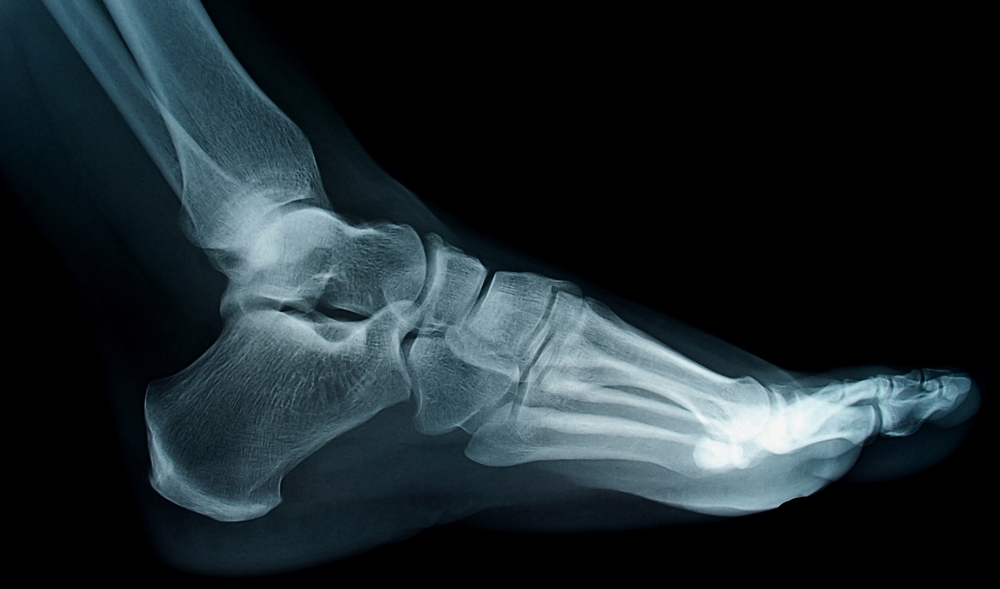A common issue with sprained ankles
Posted on 21st February 2014 by Kristian Partney

Introduction
A common injury in all realms of life is an ankle sprain. It happens to all of us, whether we are an athlete, doing some yard work, or even playing with the kids. Often, the most we do for it is elevate and put some ice on it if even that. I know whenever I sprained my ankle when I was younger the only thing I did was rest for about 10 minutes and try to continue playing basketball. A common effect of repeated ankle sprains however, is limited dorsiflexion (being able to move your foot towards the ceiling). Inadequate rehabilitation of this deficiency can lead to long term pain later in life along with ankle instability. I wanted to find an article that supported an intervention that could limit this loss of dorsiflexion after an ankle sprain that would be efficient and supportive for the patient.
What was the intervention and how was it studied?
The article I chose looked at a manual therapy intervention known as Mulligan’s mobilization with movement (MWM). This is a somewhat new type of treatment but they are becoming increasingly common in the rehabilitation setting. The purpose of the article was to look at the effect of a talocrural joint (ankle joint) MWM technique and whether or not an increase in dorsiflexion was observed. The study had 31 participants involved. To be in the study the participants were required to have 2.0 cm difference between ankles during weight-bearing dorsiflexion. The participants were randomly put in two groups. Each group had 2 sessions with the physical therapist. Group 1 had received a “sham” (or fake) mobilization at session 1 and a “true” (or real) mobilization at session2. Group 2 received the opposite with the “true” mobilization at session 1 and the “sham” mobilization at session 2.
What did study show us?
The study indicated that those participants in that received the MWM intervention, instead of the sham treatment, had a significantly greater change in dorsiflexion. The difference between the sham technique and the MWM technique was .45 centimeters (cm) or about 2 degrees. Overall this study demonstrated that talocrural MWM increases weight bearing dorsiflexion in patients with limited range of motion due to ankle sprains.
Strengths and weaknesses
I believe a good strength of this article is the technique used to measure dorsiflexion. In my experience dorsiflexion is usually measured in a non-weight bearing which is not always functional. It was good to see the reviewers measure the dorsiflexion in a weight bearing capacity to demonstrate the possible functional implications the improved dorsiflexion may have. A weakness in this article is that there no comparisons to other common interventions for limited dorsiflexion. It would have been nice to the researchers compare the MWM with stretching or exercise.
In the end…
Overall I believe this article gave me another tool to use when working with patients with sprained ankles. I would never rely solely on this intervention but I would have it in my back pocket for use. The main thing we want to accomplish is regaining the full range of motion of the ankle as soon as possible and I believe this intervention can be extremely helpful with that.
Reference
Reid A, Birmingham TB, Alcock G. Efficacy of mobilization with movement for patients with limited dorsiflexion after ankle sprain: a crossover trial. Physiother Can. 2007;59(3):166–172.



